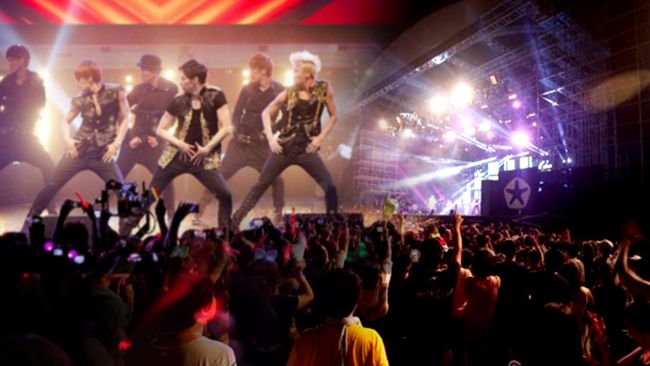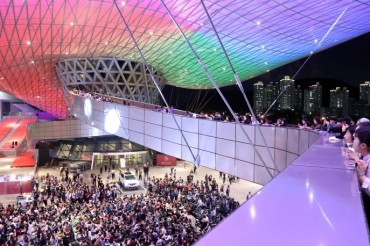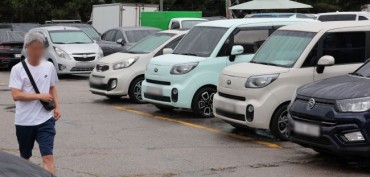SEOUL, June 7 (Korea Bizwire) — Despite public perception that entertainers live comfortably above the economic fray, a new government survey suggests that income inequality and career instability are pervasive among South Korea’s cultural workers — particularly those in broadcasting, popular music, and comics.
According to the Ministry of Culture, Sports and Tourism’s 2024 Artist Survey, conducted with the Korea Culture and Tourism Institute, the average annual income earned from creative activities among artists in 2023 was 10.55 million won — just 41.3% of the national average income of 25.54 million won.
However, the ministry drilled deeper into three specific sectors — broadcasting, popular music, and comics — often associated with entertainment, to assess how those working in the spotlight actually fare. The findings reveal a troubling degree of income polarization, especially in comics and broadcasting.
High Incomes Mask Extreme Disparity
Comic artists recorded one of the highest average household incomes among artistic professions, at 56.23 million won, followed by broadcasting entertainers (52.12 million won).
Yet both categories showed exceptionally large income standard deviations — 69.15 million won for comics and 52.82 million won for broadcasting — indicating extreme disparities. In other words, while a few high earners skewed the average upward, most artists earned significantly less.
In comics, the income range extended from essentially zero to over 125 million won when factoring one standard deviation from the mean. In popular music, the gap was even more pronounced: two-thirds of musicians reported earning less than 5 million won from music in 2023, with 18.6% reporting no income at all.
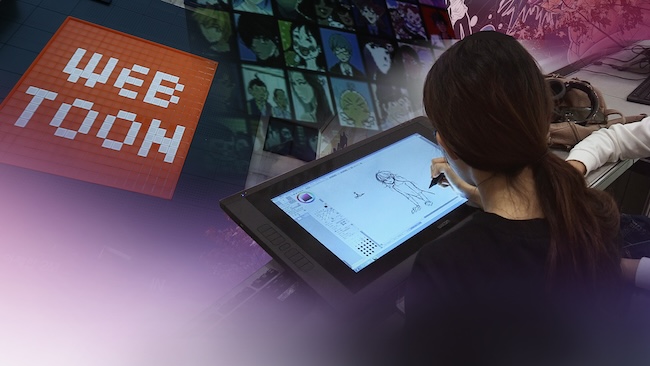
Webtoon artists contracted through production companies are significantly more likely to experience depression compared to their counterparts who work directly with publishing platforms. (Image courtesy of Yonhap)
Many Artists Rely on Secondary Jobs
When focusing on individual income — excluding household earnings — comics professionals again ranked third across all artistic fields, averaging 46.59 million won, while broadcasting entertainers and musicians followed closely behind.
Yet popular musicians showed a clear dependence on side jobs: only 23.8% of their income came from music-related work, with over half coming from non-artistic employment.
The median income from artistic creation in the popular music sector was just 1.8 million won — far below the average of 10.3 million won — suggesting a small number of highly paid stars distorted the overall picture.
Income Instability Fuels Career Disruptions
A third of comic artists and broadcasting professionals reported taking a break from their artistic careers for over a year, often due to insufficient income. The average break lasted over two years. In contrast, only 21.5% of popular musicians reported similar disruptions, likely because many maintained side jobs that allowed them to continue music work intermittently.
Full-Time Artists Are Common, But Job Security Isn’t
The majority of comic artists (80%) and broadcasting entertainers (69.6%) said they worked full-time in their field, compared to just 42.8% of musicians. Still, full-time work rarely equated to stable employment.
Only 6.1% of comic artists and 4.5% of broadcasters held permanent positions. Many comic artists operated as one-person businesses, while nearly half of broadcasting workers were employed on temporary or contractual terms.
Popular musicians, in contrast, often held stable side jobs in education (31.1%) or office work (16.0%) while pursuing music part-time — highlighting the precarity of relying on music as a primary income source.
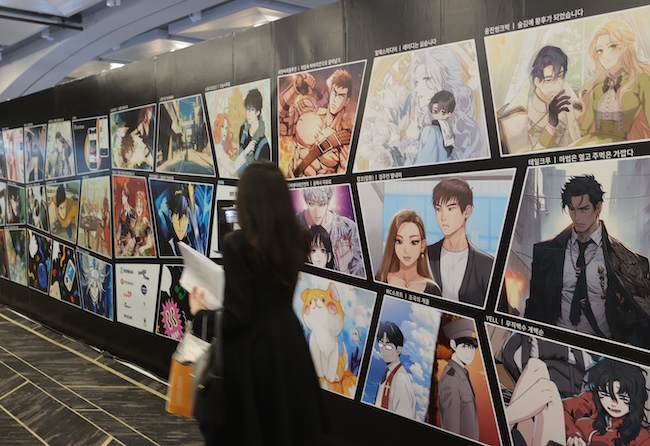
Webtoon creators in South Korea are now emerging as some of the highest-paid professionals in the creative industry. (Image courtesy of Yonhap)
Rights Violations and Injury Risks Add to the Burden
Comics professionals also reported the highest rate of work-related injuries (13.2%), more than four times the average across sectors. None received compensation, shouldering all medical expenses themselves. Additionally, comic artists experienced the highest rate of copyright violations and related disputes — more than twice that of musicians.
Conclusion: Fame Doesn’t Equal Fortune
While some entertainers earn well above the national average, the data reveal a harsh reality: the majority struggle with unstable income, lack of labor protections, and minimal institutional support.
Comics and broadcasting professionals tend to rely on their primary artistic roles, but income inequality is stark. Musicians are more reliant on side jobs, and even among top fields, creative income alone is rarely enough to sustain a living.
The findings underscore the need for targeted policy support — not only to promote artistic excellence but to ensure sustainable livelihoods for those behind Korea’s cultural exports.
Lina Jang (linajang@koreabizwire.com)


